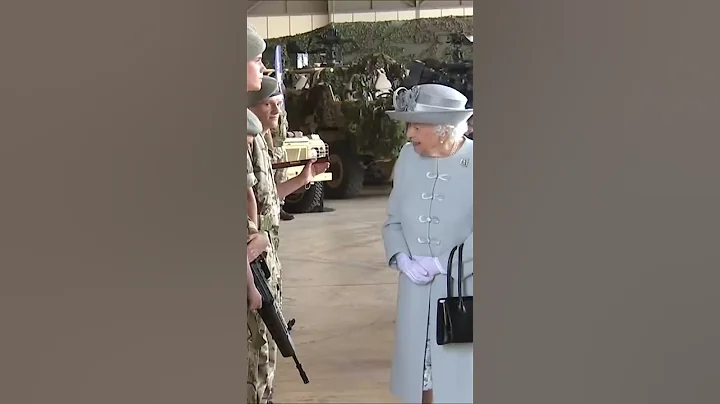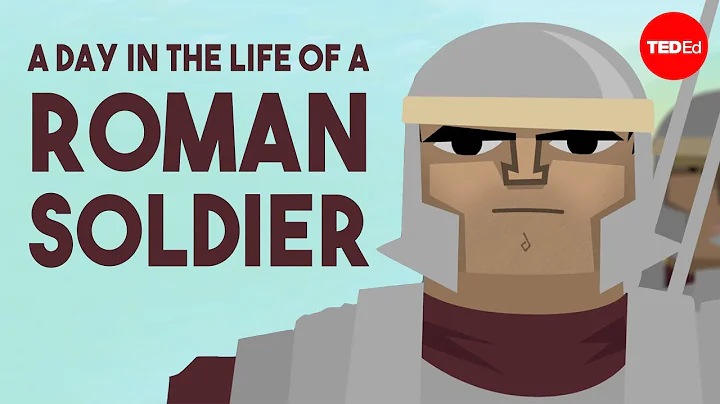In modern warfare, the logistics of the army can be said to be very modern. "Soldiers and horses are not moving, food and grass go first" also shows that the ancient army attached great importance to logistics. Then in the long history of war, what did the ancient soldiers of our country eat?

Actually, the ancient army did not have the conditions to be picky, as long as Whatever you can eat will do. Especially during the expedition, it is impossible to kill horses and make do and eat. Both sides of the two armies must injure each other. Some armies rely on "war to support war," especially the ancient Mongolian army.
Speaking of the Mongolian army, we must mention the dark side of the ancient army. In fact, the food of the ancient army is far from the ordinary food we imagined. Those ancient martial arts with low culture can eat everything. If they defeat the enemy, they will plunder without food, and even eat the enemy's corpse.

Otherwise, the weak supply line in ancient times would not be able to support the rations needed for an expedition of an army of hundreds of thousands. Therefore, in the ancient military battles, the civilians would not be able to avoid it, which was called a "soldier disaster."
In ancient my country, the army was actually quite disciplined. The part of eating is also part of the military governance. At that time, there were altogether eight thousand soldiers in a battle. The grain officer waited until the camp was over and then began to prepare for cooking. A bunch of people picked vegetables, a bunch of people washed vegetables, a bunch of people cooked, and a bunch of people lined up to receive food. In many cases, they should take turns eating.

Throughout the history of our country, the Xia-Shang Wednesday dynasty was the official beginning of Chinese military history. At that time, the army consisted of only adult men and slaves in the country. They went to the front line during the war, farming or hunting after the war. Therefore, army rations in this period generally came from field hunting and gathering.
And the cooking method is to use a tripod, put millet, millet, wild vegetables, and meat together, add salt and cook it into a paste, and then eat. As for the stir-fries, rice, and steamed buns that appeared in the Xia and Shang eras in modern film and television dramas, they are pure nonsense!

In the Spring and Autumn and Warring States period, there has been a special army, but it is not a professional army, but a war. When fighting, after the war, farmers were pastoralists. At this time, the center of civilization was in the north. The Chinese people naturally ate grains such as millet, millet, and sorghum, as well as some domesticated vegetables. Occasionally, you can eat your own dog, lamb and other meat foods, when there were not many pigs.
The army in the Spring and Autumn Period and Warring States Period was very powerful, and it was often the core force that controlled the war. At this time, the army ate the same things as ordinary people, there was no big difference. The utensils used for cooking are also tripods, and the cooking method is the same as before. The food, vegetables, and salt are stewed together to make a paste.

During the Qin and Han dynasties, the food eaten by the armies of the Qin and Western Han dynasties was similar to that of the Warring States period. At that time, ordinary people ate mainly rice made of wheat, millet, and rice, which was a little different from today, with the addition of salt, vegetables, meat and eggs. Ordinary people can eat two meals a day, noblemen eat three meals, and emperors eat four meals.
Soldiers in the army are also regarded as ordinary people, so the army usually eats two meals. The cooking method in the Han Dynasty is no different from the previous ones. I also like to mix grain, vegetables, and salt to make a thick porridge. Actually, before the Song Dynasty, the Huaxia and Han people ate like this.

But the Han Dynasty army had a new change compared with before, that is, dry food appeared at this time. At that time, the dry food was cooked and dried. When you need to eat it, soak it in boiling water, which is very similar to the current instant noodles. In addition, tofu appeared in the Han Dynasty, and steamed buns appeared in Sichuan during the Three Kingdoms period at the end of the Han Dynasty.
The Wei, Jin and Southern and Northern Dynasties were also the most frequent era of wars in Chinese history, and also the most concentrated era of ethnic integration. At that time, when the Northern Hu people invaded the Central Plains, they also brought their living customs to the Central Plains, such as barbecue, wearing Hu clothing, etc., and also appeared in the army.
At that time, the army composition was mainly composed of Han people, and Han people still liked to eat whole grains. However, in the various dynasties in the south, because they were relatively south, rice was also developed as the main food for the people, and the army also consumed rice.

arrived in the Tang Dynasty, because the country's rule is very wide, north to Beihai, South to Jiaozhi, west to the Pamirs, east to the Korean Peninsula. In such a wide range, a large-scale garrison must be carried out. In ancient times, transportation was difficult. In order to avoid waste, the state introduced many policies.
For example, the Sui Dynasty stipulated that robbing more than 1 liter of side grain, beheading, and losing the family. The soldiers who abandoned Misu beheaded. The army needs to set up supply depots on possible battlefields and marching routes. The food can be kept for a long time, so there is no need to worry about expiration and damage, and often update.
In the Song Dynasty, there were not many changes in the rations of soldiers from the Tang Dynasty. First of all, they required a long shelf life. This was also the most important aspect of their military rations. As for the taste, it was still the least valued by the ancient army.

At that time, the soldiers of the Song Dynasty imperial army only had 2.5 shi per month, and the Xiang army had 2 shi. In the later period, the imperial army only had 8 or 9 buckets of monthly food. Until the end of the Southern Song Dynasty began to often default on military rations. As the rations continued to decrease, the combat effectiveness of the Song Army also showed a downward trend.
During the Ming Dynasty, there were some changes in military rations, and dry food was used on a large scale. The Ming army invented the perforated sesame seed cake, each person can carry a bunch of cakes and march on the battle. Pancake rice and tea became the staple food of the Song and Ming army. Generally speaking, pancake steamed buns became military rations very late.

The most famous military dry food in ancient China was called "Guo Kui Bing". The biscuits were renewed and developed in the Ming Dynasty, and the Ming army was able to chase the enemy long distances in the mountainous woodlands. Roast the round cake with charcoal fire, crisp and salty, poke a small hole in the center, and string it with string. Convenient for soldiers to carry and eat, this is the "compressed biscuits" of the Ming Dynasty.
The ancient army was also made up of people. As long as they were people, they could not live without food, clothing, shelter and transportation. Although in ancient times it was a self-sufficient small-scale farmer economy, it was not easy to feed one person due to low food production. The productivity at that time could hardly even meet the basic needs of farmers, let alone feed a huge army.

But even so, the imperial court will always give priority to ensuring the supply of military rations. Even if there is a civil famine, it will “focus on the overall situation”. Therefore, the ancient army generally did not run out of food because the "taste" was too bad. Therefore, many unemployed young adults, in order to survive, often choose to join the military camp.





















